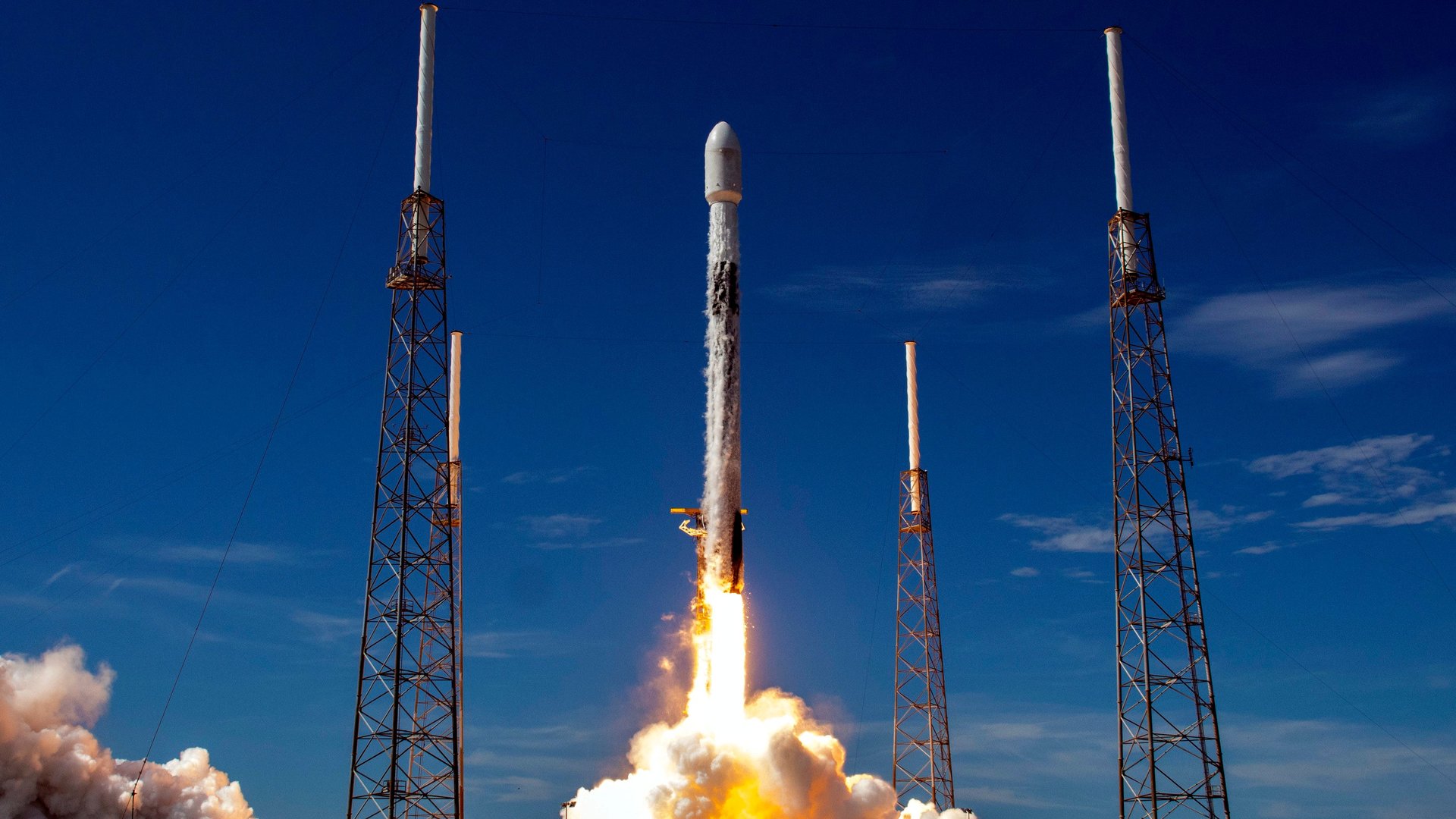This isn’t a UFO or a shooting star—it’s space pollution
If you live in the northwest US, you might have seen quite a show in the night sky on March 26.


If you live in the northwest US, you might have seen quite a show in the night sky on March 26.
I’m sorry, what was that?
Space watchers will recognize the pattern of lights in the sky—what we’re seeing is space debris burning up in the atmosphere.
With tens of thousands of new satellites planned for launch in the years ahead by companies like SpaceX, OneWeb, and Amazon, more hardware like this will burn up in the atmosphere than ever before. Scientists at at the Center for Orbital and Reentry Debris Studies at the Aerospace Corporation, an independent US government research center, say we don’t know enough about their potential environmental impact.
“As we begin to see these large constellations going up, that’s a little different from what we’re used to—it’s a real change in what the space environment is going to be, but also a change in things that come down,” says William Ailor, a technical fellow at the Center.
In this case, what came down was the second stage of SpaceX Falcon 9 rocket, weighing about three metric tons. After launch, it separates from its reusable booster to carry a payload of satellites to their final orbit. Normally, the second stage then uses its rocket engine to perform a “deorbit burn” that would dispose of it more quickly over a remote part of the ocean.
This rocket, either accidentally or on purpose, failed to do that, which put a normally unseen phenomenon on display over a populated area. SpaceX did not respond to questions about why their normal reentry procedures were not followed.
The videos caught by skywatchers offer a glimpse at a phenomenon that researchers want to examine more closely.
What we know about space pollution
Ailor and his colleagues released a forecast last year predicting that if the number of satellites currently approved for launch are actually deployed, the amount of space junk burning up in the atmosphere could rise to a level of 800 to 3,200 metric tons annually, from around 100 metric tons per year today. That’s because most satellites are designed so that 60% to 90% of their mass burns up in the earth’s atmosphere to avoid creating dangerous junk on orbit.
Scientists believe that the particles of matter created by these conflagrations accumulate in the stratosphere, thirty to forty kilometers above the earth, where they will remain for four to five years. But they don’t yet know what that change could mean for the environment.
Sometimes, particles in the atmosphere can cause chemical reactions, as with human-generated chlorine emissions which led to the “hole” in the ozone layer over the south Pole. Other times, particles affect the atmosphere by reflecting or absorbing sunlight, as when volcano eruptions or forest fires release soot into the air.
But it’s not clear how particles from burnt-up spacecraft behave. When objects from space come back to earth naturally, they arrive at an oblique angle and move across the sky, burning up due to heat produced by friction over a footprint that can be as long as 1000 miles. Observing what happens with remote sensors like radar requires multiple stations set up over a wide area. Most of the data available dates back thirty to forty years, along with some information collected by weather radar during the Columbia disaster.
The other challenge is figuring out the chemical composition of the new particles. While space hardware is largely made out of aluminum, it also includes more exotic metals, electronics, and batteries that might react unexpectedly and create new compounds.
How to measure the impact of mega-constellations
“There is a big arrow indicating where the future of research should be on this: How those particles are created, what kind of particles are created and what their size is,” Martin Ross, an Aerospace Corporation engineer, says, noting that NASA and other US government agencies teamed up in the 1990s to collect data on how rocket exhaust affects the atmosphere. “A similar kind of effort needs to be assembled to understand the reentry emission in a complete way.”
The answers to these questions could lead to a broader rethink about space sustainability, which emphasizes disposing of dead spacecraft in the atmosphere. That might mean more focus on bringing defunct satellites back to earth in larger pieces that don’t burn up, moving them out to distant “graveyard orbits,” or even recycling them on orbit.
But understanding how rockets and satellites affect the atmosphere isn’t just for space purposes. Ross says that conversations about geoengineering—intentionally altering the atmosphere to reduce the effects of climate change—highlight the need for a clearer understanding of the environment around the earth.
“We need to baseline the stratosphere to understand how we might change it with geoengineering,” he says. “Part of that baseline is volcanos, large fires at the surface—and the space industry is also part of the background, probably a small part.”